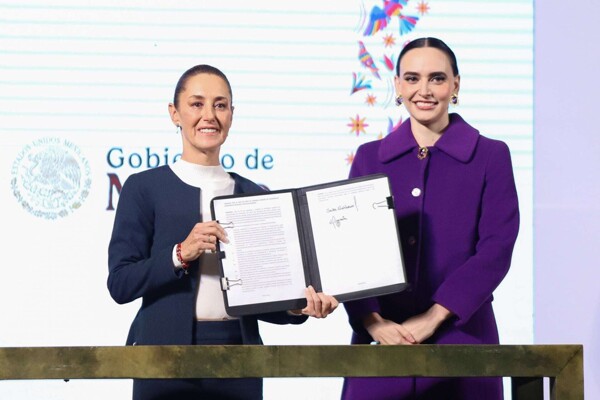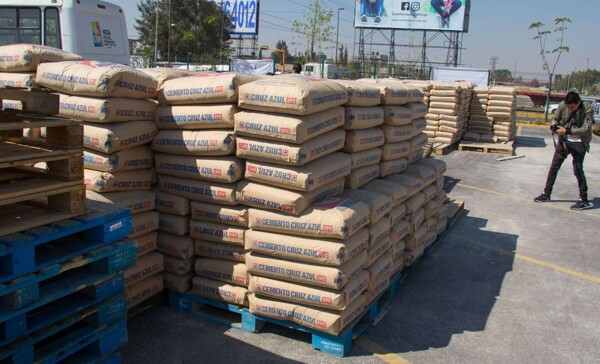
By the end of the year, the interest rate was expected to be at 8.00 percent, but it has risen to 8.50 percent, although it remains attractive. The 91-day yield is at 9.98 percent, above the previous 9.78 percent. Ramsés Gutiérrez, co-director of investments at Franklin Templeton Mexico, mentioned that this year is expected to continue with high volatility in assets such as the peso, Fibras, and Mexican stocks.
The start of a new year provides the opportunity to meet financial goals, and investments are a good option, with Treasury Certificates (Cetes) being an attractive alternative for 2025. These instruments protect money from inflation, maintaining its value with investment amounts that are not necessarily high.
In the first week of the year, the yield on 28-day Cetes is 10.04 percent, higher than the 9.74 percent at the end of 2024. This increase could indicate that the Bank of Mexico (Banxico) may be cautious about interest rate cuts, currently at 10.00 percent.
In the last 10 years, money in a bank account has lost value, whereas investing in Cetes would have generated real gains, and in stocks like the S&P 500, capital could have tripled. For example, at Casa de Bolsa Finamext, it is possible to invest in these instruments starting from 100 pesos, with no commissions and with the yield rate of Banxico's primary auction.
Other financial institutions such as Santander offer the SuperCete modality, with investment contracts starting from 50 thousand pesos. An alternative to investing in Cetes is stocks, which currently appear attractive despite volatility. UBS envisions a growth scenario for the U.S. economy and interest rate cuts by the Federal Reserve.
As for Cetes, their rates are expected to remain high during much of 2025, allowing low amount investments. Stocks, although subject to volatility, remain an interesting investment option. Foreign stocks also present opportunities, marking positive returns in 2024 amid lower taxes and regulations.
In summary, investing in Cetes remains an attractive option to maintain the value of money with relatively low risk and high liquidity. Leaving savings in the bank, by contrast, may imply losses against inflation.













